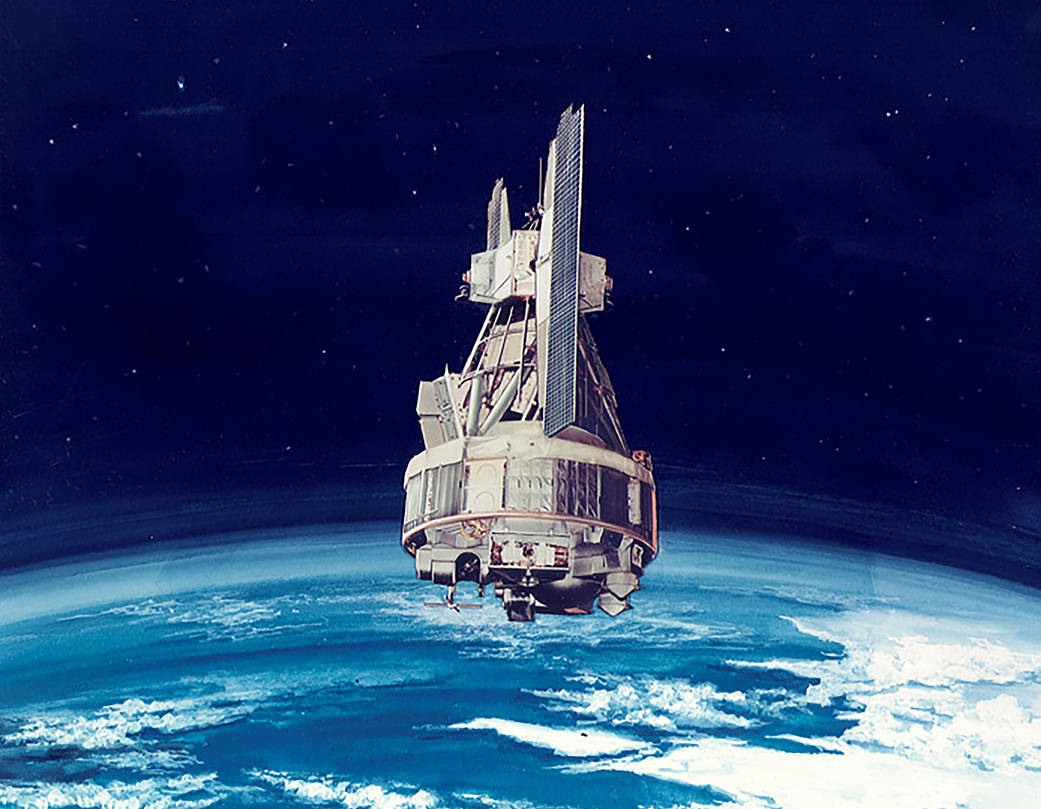大气探测如何改变天气预报
气象卫星每天要进行数十万次大气探测,收集数据进行预报。使用这种方法的开创性想法可以追溯到20世纪50年代末,当时地球观测卫星是一项全新的技术。
在美国国家航空航天局位于马里兰州格林贝尔特的戈达德太空飞行中心和加利福尼亚喷气推进实验室工作的科学家刘易斯卡普兰(Lewis Kaplan)开发了一种计算大气温度的方法,用于天气预报:通过测量不同海拔高度的分子振动。
快进60年,卡普兰的观点在他的具有里程碑意义的1959年的论文,题目是“远程辐射测量的大气结构推断”,保持大气探测的核心,这是一种称为探测器的仪器垂直探测天空的过程。有关温度,湿度和水蒸气的详细信息,揭示了地球大气层的微妙变化。美国国家航空航天局(NASA)和美国国家海洋和大气管理局(NOAA)在测深仪的技术开发方面处于领先地位。
这张图片是艺术家对NASA的Nimbus-3太空船的渲染。它于1969年发射,是一系列气象卫星中的第三颗。
How Atmospheric Sounding Transformed Weather Prediction
Each day, weather satellites take hundreds of thousands of atmospheric soundings to gather data for forecasting. The groundbreaking idea of using this method dates to the late 1950’s, when Earth-observing satellites were a brand-new technology.
Scientist Lewis Kaplan, who worked at NASA’s Goddard Space Flight Center in Greenbelt, Maryland and Jet Propulsion Laboratory in California, developed a way to calculate temperature in the atmosphere for weather forecasting: by measuring the vibration of molecules at different altitudes.
Fast forward 60 years, and the ideas that Kaplan laid out in his landmark 1959 paper entitled, “Inference of Atmospheric Structure from Remote Radiation Measurements,” remain at the heart of atmospheric sounding, the process by which instruments called sounders probe the sky vertically for details on temperature, moisture and water vapor, revealing subtle changes in the Earth’s atmosphere. NASA and NOAA have led the way in developing the technology for the sounders.
This image is an artist’s rendering of NASA’s Nimbus-3 spacecraft. Launched in 1969, it was the third in a series of meteorological satellites.
Image Credit: NASA

